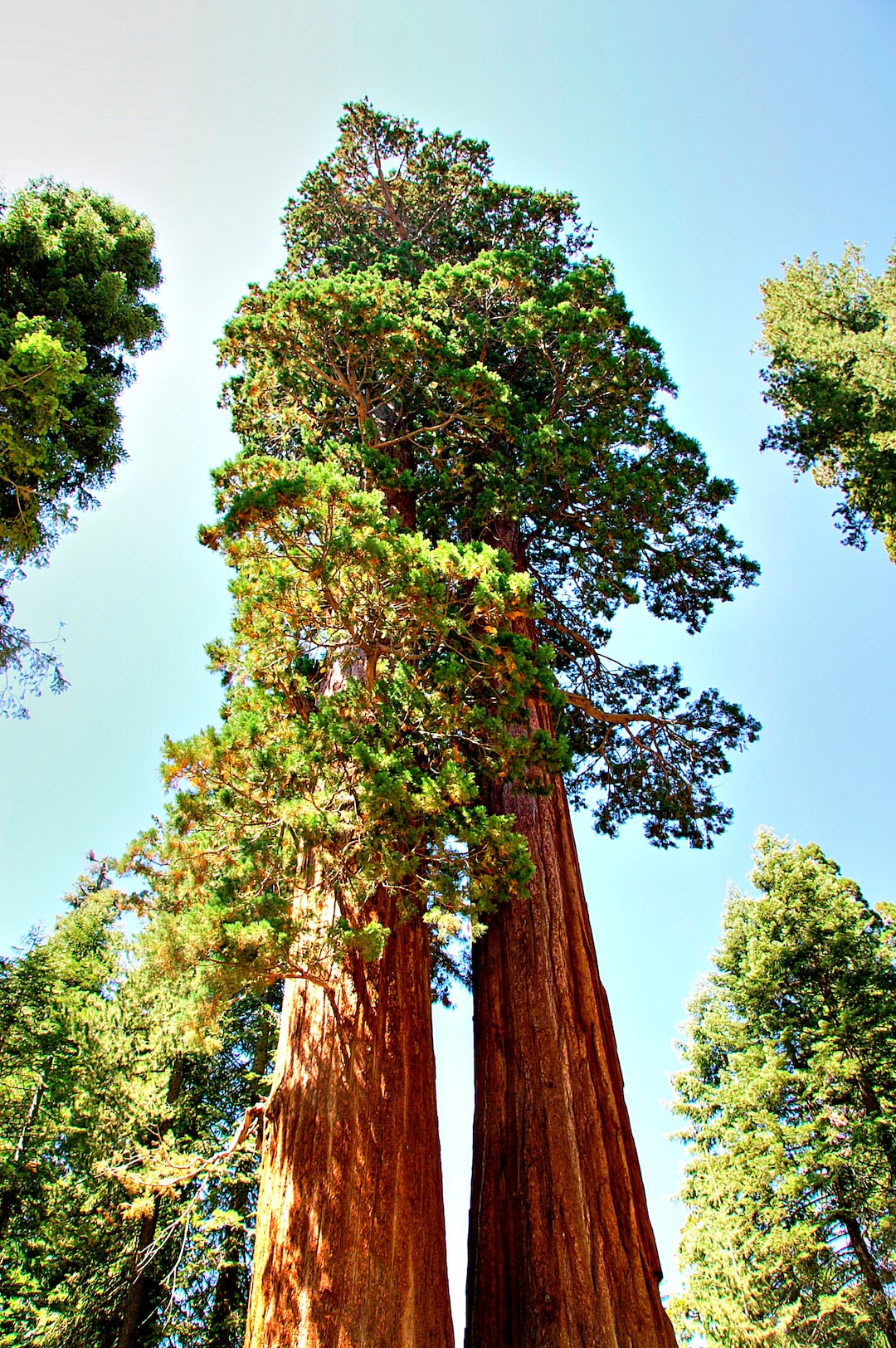Recognizing Common Tree Diseases: How to Identify and Treat Them
Trees are a vital part of our environment, providing us with shade, aesthetic beauty, and even clean air. However, just like any living organism, trees can suffer from various diseases that can harm their overall health and even lead to their death if not properly addressed. Being able to recognize common tree diseases is crucial in preserving the health and longevity of your trees. In this article, we will discuss some of these diseases, how to identify them, and the treatments available. Additionally, we will touch upon the importance of stump removal and its associated costs.
One of the most common tree diseases is Dutch Elm Disease, which affects elm trees. The disease is caused by a fungus that clogs the tree’s water-conducting vessels, eventually leading to wilted leaves and branches. Signs of Dutch Elm Disease include yellowing and wilting leaves, dieback in the upper crown, and brown streaks in the wood under the bark. If detected early, pruning infected branches and proper sanitation practices can help control the disease. However, in severe cases, tree removal may be necessary to prevent the disease from spreading to nearby elms.
Another prevalent tree disease is Oak Wilt, affecting various species of oak trees. It is caused by a fungus that blocks the transportation of water and nutrients within the tree. Symptoms to look out for include discoloration and wilting of leaves, streaking in the tree’s inner bark, and premature defoliation. Proper pruning techniques and avoidance of tree wounds during specific seasons can aid in preventing the spread of Oak Wilt. However, if the disease has advanced, removal of infected trees becomes necessary to protect nearby oaks.
Furthermore, root rot is a common fungal disease that affects tree roots. This disease is often caused by poor drainage, overwatering, or certain soil types. Trees affected by root rot may exhibit stunted growth, yellowing or browning leaves, and a weakened root system. Treatment for root rot involves improving drainage and reducing excess soil moisture. In some cases, selective pruning and fertilization can help restore the tree’s health. However, severe cases may require stump removal and replanting a disease-resistant tree.
When it comes to the removal of trees or stumps, the cost can vary depending on several factors, such as the size of the tree or stump, accessibility, and the complexity of the job. stump removal cost is usually calculated on a per-stump basis, and it is advisable to consult with professional arborists for accurate estimates. Factors such as the presence of utilities, nearby structures, or difficulties in accessing the stump can significantly influence the overall expense.
In conclusion, being able to recognize common tree diseases is crucial in preserving the health of your trees. Timely identification and appropriate treatment can prevent the spread of disease and ensure the longevity of your trees. Additionally, understanding the costs associated with stump removal is essential when planning tree maintenance or removal. By taking proactive measures and seeking professional advice, you can maintain a healthy and vibrant tree population on your property.


